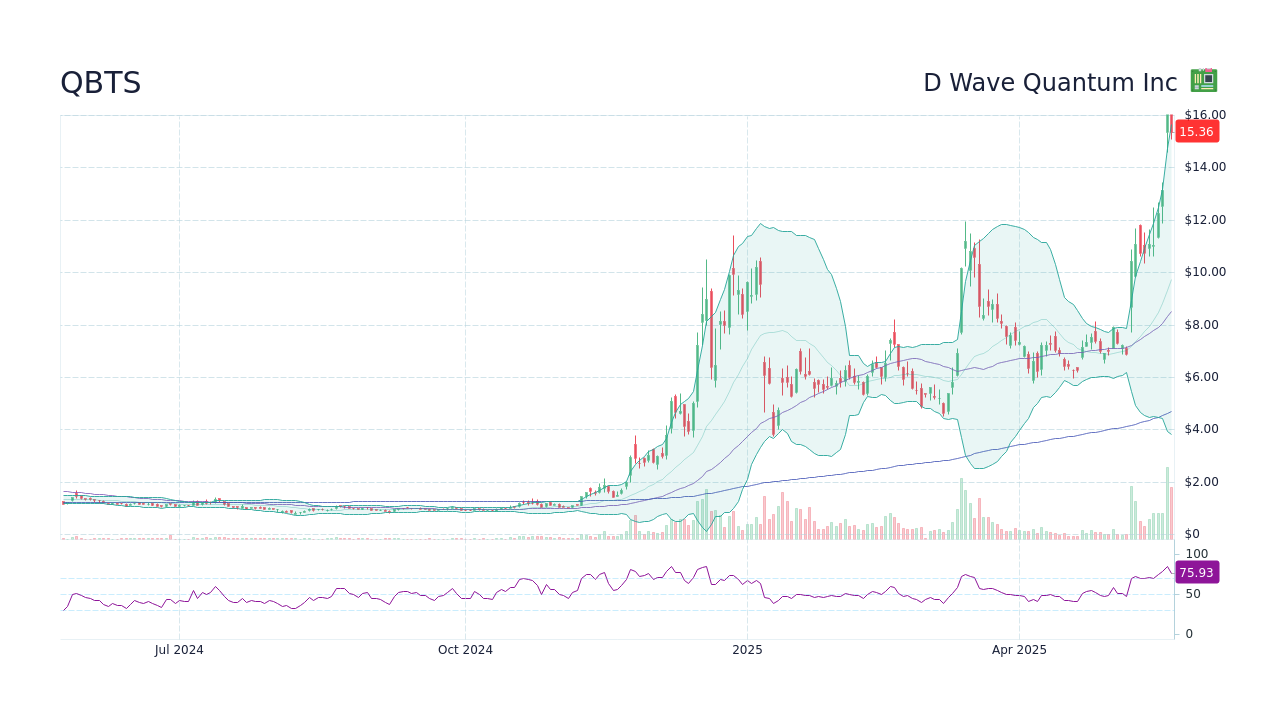Femicide: Understanding The Rise In Cases

Table of Contents
Societal Factors Contributing to Femicide
Gender Inequality and Patriarchy
Deeply ingrained patriarchal structures are a primary driver of femicide. These structures normalize violence against women and create an environment where such acts are tolerated, if not outright condoned. Unequal power dynamics, where men hold dominant positions in society, families, and relationships, significantly contribute to this issue.
- Patriarchal norms: These often dictate women's subservient roles, limiting their autonomy and agency.
- Unequal power dynamics: Men's control over resources, decision-making, and women's bodies creates opportunities for violence.
- Lack of economic independence: Financial dependence on men can leave women vulnerable to abuse and control, increasing their risk of femicide.
Statistics highlight the pervasive nature of gender inequality. The World Economic Forum's Global Gender Gap Report consistently shows significant disparities between men and women in areas such as education, employment, and political representation, all factors that contribute to a climate where femicide can flourish.
Cultural Norms and Traditions
Certain cultural norms and traditions can actively condone or excuse violence against women, further fueling the femicide crisis. These practices often stem from deeply rooted beliefs about gender roles and honor.
- Harmful cultural practices: These range from forced marriage and female genital mutilation to practices that restrict women's movement and social participation.
- Honor killings: In some cultures, women are killed by family members to restore family honor, often following perceived transgressions like refusing an arranged marriage or engaging in relationships outside of the family's approval.
- Acceptance of domestic violence: The normalization of domestic violence creates a pathway towards more severe forms of violence, including femicide.
These issues are particularly prevalent in certain regions and cultures, requiring culturally sensitive interventions that address the root causes of these harmful practices. Research consistently links specific cultural norms to higher rates of femicide.
The Role of Media and its Portrayal of Women
The media plays a significant role in shaping societal attitudes towards women and violence. The portrayal of women as objects, victims, or stereotypes can normalize violence and objectification, contributing to a climate where femicide can occur.
- Stereotypical representations: Media frequently depicts women in submissive or hypersexualized roles, reinforcing harmful stereotypes.
- Sexualization: The constant sexualization of women in media contributes to their objectification and devaluation.
- Trivialization of violence: The depiction of violence against women as commonplace or even humorous can desensitize audiences and diminish the seriousness of the issue.
Studies have shown a correlation between media representations of women and attitudes towards violence against them, highlighting the need for a more responsible and ethical portrayal of women in media.
Systemic Issues Enabling Femicide
Weak Legal Frameworks and Lack of Enforcement
Inadequate legal frameworks and weak law enforcement are significant factors enabling femicide. Many countries lack specific laws addressing femicide, resulting in impunity for perpetrators.
- Ineffective legal systems: Corrupt or inefficient judicial systems often fail to provide justice for victims' families.
- Lack of protective measures: Women often lack access to effective protection orders or other measures to ensure their safety.
- Corruption: Corruption within law enforcement can hinder investigations and prosecutions of femicide cases.
Comparisons between countries with strong legal frameworks and robust law enforcement versus those with weaker systems show a clear correlation between the strength of the legal system and the rate of femicide.
Limited Access to Justice and Support Services
Lack of access to essential support services exacerbates the vulnerability of women to femicide. Many victims face significant barriers to accessing justice and support.
- Fear of retaliation: Victims often fear repercussions from reporting abuse, preventing them from seeking help.
- Societal stigma: Social stigma associated with domestic violence and abuse can prevent victims from seeking help.
- Lack of resources: Many countries lack sufficient shelters, legal aid, and counseling services for victims of gender-based violence.
Successful models of comprehensive support services, including specialized courts, victim support programs, and emergency shelters, have demonstrated their effectiveness in protecting women from violence and reducing femicide rates.
The Impact of Poverty and Socioeconomic Factors
Poverty and socioeconomic inequalities significantly exacerbate the risk of femicide. Economic hardship can increase stress within households, increasing the likelihood of violence.
- Exacerbated inequalities: Poverty intensifies existing inequalities, leaving women more vulnerable to abuse and control.
- Limited opportunities: Lack of economic opportunities can limit women's ability to escape abusive relationships.
- Lack of resources: Poverty restricts access to education, healthcare, and support services.
Statistical analysis consistently demonstrates a strong correlation between socioeconomic factors and femicide rates, indicating that addressing poverty and inequality is crucial to reducing violence against women.
Combating the Rise of Femicide: Strategies for Prevention and Intervention
Strengthening Legal Frameworks and Enforcement
Strengthening legal frameworks is crucial in combating femicide. This includes enacting specific laws that criminalize femicide, ensuring harsher punishments for perpetrators, and improving law enforcement response. Increased training for law enforcement officers on gender-based violence is also essential.
Empowering Women through Education and Economic Opportunities
Empowering women through education and economic opportunities is a powerful preventative measure. Education enhances women's awareness of their rights and provides them with the tools to challenge patriarchal norms. Economic independence reduces women's dependence on potentially abusive partners, reducing their vulnerability.
Raising Awareness and Challenging Harmful Norms
Public awareness campaigns are vital in challenging harmful societal norms and attitudes. These campaigns should educate the public about the issue of femicide, promote gender equality, and challenge harmful stereotypes and cultural practices. Educational initiatives in schools and communities are equally important.
Investing in Support Services for Survivors
Investing in comprehensive support services for survivors of gender-based violence is crucial. This includes establishing more shelters, providing access to legal aid, offering counseling and therapy, and creating safe spaces for victims to seek help.
Conclusion
The rise of femicide is a complex issue rooted in societal, systemic, and cultural factors. Gender inequality, patriarchal structures, weak legal frameworks, limited access to justice, and the impact of poverty all play a significant role. To combat this alarming trend, we need multi-pronged strategies that strengthen legal frameworks, empower women, challenge harmful norms, and invest in support services. Understanding the complexities of femicide is the first step towards ending it. Let's work together to challenge harmful norms, strengthen legal protections, and create a world where all women are safe. Join the fight against femicide – report violence, support victims, and advocate for change.

Featured Posts
-
 Factors Contributing To D Wave Quantum Qbts Stocks 2025 Decline
May 21, 2025
Factors Contributing To D Wave Quantum Qbts Stocks 2025 Decline
May 21, 2025 -
 Transferz Innovatieve Digitale Oplossing Gefinancierd Door Abn Amro
May 21, 2025
Transferz Innovatieve Digitale Oplossing Gefinancierd Door Abn Amro
May 21, 2025 -
 Little Britains Future Matt Lucas Addresses Revival Speculation
May 21, 2025
Little Britains Future Matt Lucas Addresses Revival Speculation
May 21, 2025 -
 Exploring The Richness Of Cassis Blackcurrant A Connoisseurs Perspective
May 21, 2025
Exploring The Richness Of Cassis Blackcurrant A Connoisseurs Perspective
May 21, 2025 -
 Analyzing Liverpools Win Over Psg Arne Slots View And The Best Goalkeeper Discussion
May 21, 2025
Analyzing Liverpools Win Over Psg Arne Slots View And The Best Goalkeeper Discussion
May 21, 2025
Latest Posts
-
 Driving Safely During A Wintry Mix Of Rain And Snow
May 21, 2025
Driving Safely During A Wintry Mix Of Rain And Snow
May 21, 2025 -
 Investing In Big Bear Ai A Practical Guide Based On Motley Fool Insights
May 21, 2025
Investing In Big Bear Ai A Practical Guide Based On Motley Fool Insights
May 21, 2025 -
 Big Bear Ai Stock Current Market Analysis And Investment Potential
May 21, 2025
Big Bear Ai Stock Current Market Analysis And Investment Potential
May 21, 2025 -
 Big Bear Ai To Buy Or Not To Buy An In Depth Stock Evaluation
May 21, 2025
Big Bear Ai To Buy Or Not To Buy An In Depth Stock Evaluation
May 21, 2025 -
 Drier Weather Ahead Your Guide To A Successful Dry Season
May 21, 2025
Drier Weather Ahead Your Guide To A Successful Dry Season
May 21, 2025
